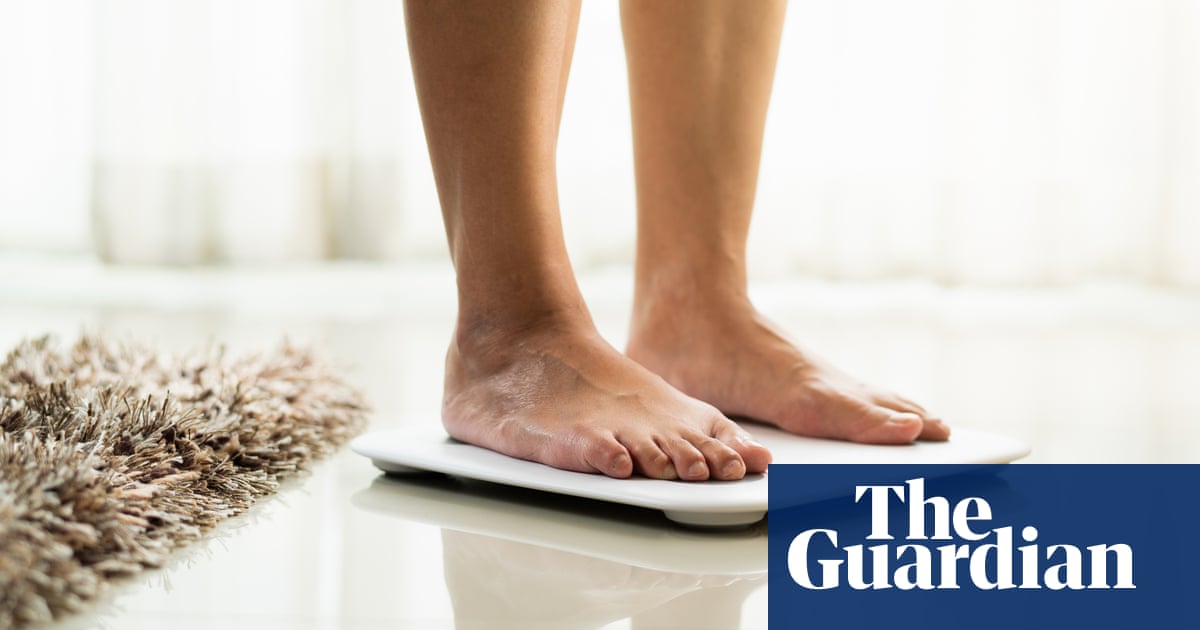#eating disorders
#eating disorders
[ follow ]
#eating-disorders #mental-health #body-image #recovery #diet-culture #social-media #tiktok #skinnytok
fromPsychology Today
1 week ago"I Restrict Because I Deserve It"
This can be hard for onlookers to understand, but for people who have lived through trauma, chronic emotional invalidation, or unsafe relationships, self-blame can become an organizing principle. It offers a painful kind of order. If suffering is my fault, then at least it makes sense. Over time, that belief does not stay confined to memory. It begins to shape behavior.
Psychology
fromPsychology Today
3 weeks agoAI Therapy Skipped the Most Important Step
In late May 2023, Sharon Maxwell posted screenshots that should have changed everything. Maxwell, struggling with an eating disorder since childhood, had turned to Tessa-a chatbot created by the National Eating Disorders Association. The AI designed to prevent eating disorders gave her a detailed plan to develop one. Lose 1-2 pounds per week, Tessa advised. Maintain a 500-1,000 calorie daily deficit. Measure your body fat with calipers.
Mental health
fromPsychology Today
1 month agoThe Link Between Food Scarcity and Eating Disorders
The rising cost of living continues to strain many households, and interruptions to food assistance programs during the temporary government shutdown added new stress for those already trying to stay afloat. According to the U.S. Department of Agriculture, in 2023, about 13.5 percent of U.S. households, including 7.2 million children, experienced food insecurity. This is an increase over the previous year's figures, highlighting how quickly families can slip into hardship when basic needs become unstable.
Public health
#body-image
SF LGBT
fromPinkNews | Latest lesbian, gay, bi and trans news | LGBTQ+ news
6 months agoTom Daley opens up about heartbreaking body image issues
Tom Daley shares his ongoing body image struggles despite being a successful Olympian, highlighting challenges with self-acceptance.
He reflects on the impact of societal standards and his past eating disorders on his self-image.
Mental health
fromBuzzFeed
3 months agoHere's How To Talk To Your Kids About "Bigorexia" - A Scary Disorder That's On The Rise In Young Men
Muscle dysmorphia (bigorexia) causes distorted perceptions of insufficient muscularity, driving obsessive exercise, dieting, supplements, and steroid use, and is increasing, especially among males.
fromPsychology Today
3 months agoBody Image in the Ozempic Era
Before I explain, I want to clarify that I firmly believe in body autonomy. If someone chooses to take a weight loss medication, they should be able to do so without judgment. I hope all potential users are fully informed about the risks and benefits of these medications and are followed responsibly by medical providers. Ideally, they would also be screened for a current or past eating disorder or any other condition that might contraindicate the use of GLP-1s and GIPs.
Medicine
fromPsychiatric Times
3 months agoChatbots Are Dangerous for Eating Disorders
Engagement is the highest priority of chatbot programming, intended to seduce users into spending maximum time on screens. This makes chatbots great companions-they are available 24/7, always agreeable, understanding, and empathic, while never judgmental, confronting, or reality testing. But chatbots can also become unwitting collaborators, harmfully validating self-destructive eating patterns and body image distortions of patients with eating disorders. Engagement and validation are wonderful therapeutic tools for some problems, but too often are dangerous accelerants for eating disorders.
Mental health
Books
fromwww.theguardian.com
4 months agoThe secret life of a child star: how Alyson Stoner survived stalkers, starvation and sexualisation
Child stardom subjected Alyson Stoner to early body-shaming, extreme beauty standards, harmful conversion practices, eating disorders, and recovery into queer identity and mental-health advocacy.
Mental health
fromPsychology Today
4 months agoShame, Trauma, and Eating Disorders: What We're Missing
Shame is a core but often overlooked driver of eating disorders in trauma survivors.
Up to 50% of individuals in eating disorder treatment report a history of sexual trauma.
Effective treatment must address shame, not just symptoms, to support lasting recovery.
Mental health
fromPsychology Today
5 months agoAre You in a Toxic Relationship With Your Body?
A toxic relationship with your body resembles an abusive partnership, characterized by criticism and control.
Fear and shame hold individuals in destructive patterns with their bodies, akin to unhealthy romantic ties.
Cultivating a healthy relationship with your body requires trust, respect, and kindness.
Food & drink
fromSlate Magazine
6 months agoI'm Planning My Wedding. I Don't Know What to Do About My Fiance's Brother.
Support your future brother-in-law during wedding preparations by communicating openly about his needs.
Consider his comfort levels in social settings, particularly related to food and body image.
fromPsychology Today
7 months agoHow One Bad Bite Can Ruin a Food Forever
To see how deep this connection runs, this team decided to test it out using Kool-Aid. The study introduced a group of mice to Grape Kool-Aid, a novel flavor to them. Half of the mice were then injected with lithium chloride, a chemical that induces nausea.
SF food
[ Load more ]

























